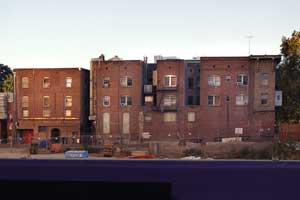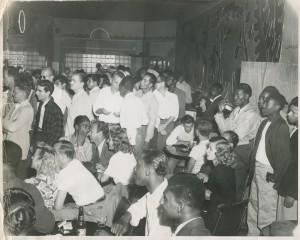
By William Burg
Photos courtesy of Keith Burns
In the 1940s, Sacramento’s West End was filled with the sounds of jazz. Based around M Street (renamed Capitol Avenue by 1940), the neighborhood was radically changed by the start of World War II, the forced relocation of Sacramento’s thousands of Japanese Americans to internment camps, and a migration of African Americans to Sacramento. Many of these migrants came from the Southern states for jobs in Sacramento’s railroad shops and canneries, or at nearby airfields and Army bases. Some purchased businesses from the departing Japanese, opening a variety of businesses, but the best known were the jazz clubs. These clubs became so popular they crossed racial barriers and made Sacramento a stop on the touring circuit for the greatest jazz musicians of the 20th century.
Read more »
By William Burg photos by Scott Duncan
When compared to the ongoing downtown crisis on K Street, Midtown Sacramento is a success story. But does Midtown owe its success to a lack of attention from government, as some assume, or has the city responded to Midtown’s needs in more effective ways? Read more »
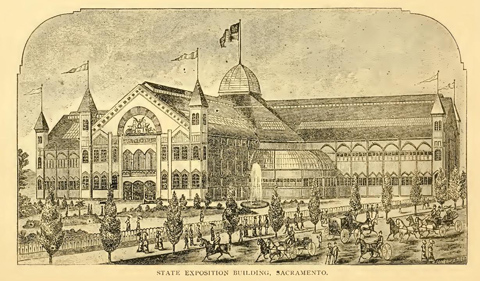 The California State Fair opens tomorrow… but did you know that the State Fair used to be held IN Midtown? Bill Burg’s got the details…
The California State Fair opens tomorrow… but did you know that the State Fair used to be held IN Midtown? Bill Burg’s got the details…
By William Burg
The California Exposition and State Fairgrounds, site of the California state fair since 1968, seems like a permanent fixture to many Sacramentans. Older generations still remember the old fairgrounds at Stockton and Broadway. But that site was not the original location of the fair either; it was chosen when Sacramento’s urban growth crowded the fairgrounds out of their first permanent home – in Midtown at 20th and H Streets. Read more »
By William Burg Photos courtesy of the Center for Sacramento History
In 1910, Sacramento was a city on the edge of change. Its rowdy Gold Rush era was long past, its role as western terminus of the Transcontinental Railroad superseded by Oakland, and its place as second-largest California city long since lost to Los Angeles. Despite these setbacks, Sacramentans felt that their city was poised for greatness. Read more »
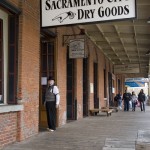 By Niki Kangas photos by Jesse Vasquez
By Niki Kangas photos by Jesse Vasquez
“What does that place sell- granola or something?”
Ah, my buddy Rebecca was dead wrong, making the same mistake that many of you may have made in regard to Sacramento City Dry Goods…that is, disregarding it because it’s in Old Sac and has a nebulous name that could be easily misinterpreted. Unless you’re super-into historical reenactments- or just wander into every Old Sac store you see- you’ve probably glanced over it too. Read more »
By William Burg Photos courtesy of the Center for Sacramento History
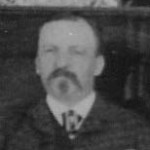 In 1887, real estate developer Edwin Alsip subdivided the 230-acre William Doyle ranch into 56 whole and partial blocks and gave the subdivision the name “Oak Park,” named after an eight-acre oak grove at its center.
In 1887, real estate developer Edwin Alsip subdivided the 230-acre William Doyle ranch into 56 whole and partial blocks and gave the subdivision the name “Oak Park,” named after an eight-acre oak grove at its center.
By William Burg Photos courtesy of the Center for Sacramento History
In 1935, was Sacramento a hotbed of Communist conspirators, plotting the destruction of the American government? Read more »
By Bill Burg
The Bel-Vue Apartment Building, located at 809 L Street, is an understated and long-neglected landmark that faces demolition in the near future. Some of Sacramento’s architectural landmarks are obvious, based on their prominent role in history, association with well-known individuals, or architectural grandeur and scale. Sometimes, buildings become landmarks because of their association with ordinary people, and simply avoided demolition long enough to be recognized as historic. The Bel-Vue, originally known as the American Cash Apartments, is a building of the latter sort. Despite its landmark status, it faces demolition by its owner, the city of Sacramento. Read more »



